At this time last year, people in Phong Lai, Chieng Pha, Phong Lap, Muong E communes of Thuan Chau district were harvesting spring tea. However, this year, due to prolonged hot weather, the spring tea crop grew slowly, and the tea yield was quite low. Faced with this reality, Thuan Chau district has implemented many solutions to help people take care of their tea areas, ensuring that the next tea crops achieve high productivity and quality.

Currently, Thuan Chau district has 1,832 hectares of tea, mainly Kim Tuyen tea, Shan tea, LDP1 hybrid tea... with an average annual tea output of more than 11,000 tons. The district has 4 companies and cooperatives specializing in linking and guaranteeing output for tea products. To proactively prevent and combat drought, since the beginning of the year, the district People's Committee has directed specialized agencies to coordinate with tea-growing communes to implement measures to cope with prolonged heat and drought.
Mr. Dinh Cong Thuy, Thuan Chau District Agricultural Service Center, said: The Center has coordinated with communes to focus on propagating people to proactively store water, take advantage of natural water sources to pump and water plants in the cool afternoon or early morning, use water-saving irrigation systems for tea plants to minimize water loss. Keep the tea roots moist by taking advantage of pruned tea plants or weeding at moderate heights. Use organic fertilizers to improve moisture retention and increase resistance for tea plants. Do not plant new tea areas during long hot days.
In addition, specialized agencies guide people to take care of tea areas after harvesting the spring tea crop. Increase field visits, investigate and forecast harmful organisms on tea plants to promptly inform communes to deploy measures to spray to prevent and control pests and diseases, such as: green leafhoppers, thrips, mosquito bugs, red spiders, leaf blisters. Guide people to use pesticides according to the "4 rights" principle, do not use herbicides and drugs not on the list of drugs used on tea plants.
Every year during the spring tea season, Ms. Le Hong Thuy's family in Kien Xuong village, Phong Lai commune harvested more than 600 kg of fresh tea buds per hectare. This year, due to the effects of dry weather, the family only harvested nearly 200 kg per hectare. Ms. Thuy said: After harvesting the spring tea season, my family cut off the young tea buds and burnt leaves; added organic fertilizer combined with plowing and hoeing the base, and covered the base with tea branches after pruning to increase moisture retention, ensuring the next batch of tea grows well.
In Sai Chien tea area, Chieng Pha commune, the tea area here is greener than that in Phong Lai commune. Mr. Luong Van Ut, Party cell secretary, head of Sai Chien village, said: The village has 14 hectares of Shan Tuyet and Kim Tuyen tea, with an output of 65 tons of tea/year. Since December, after harvesting the last batch of tea, people have pruned and taken care of the plants. The weather is dry, but thanks to the irrigation system from Lai Bay lake with 40 water valves, every Tuesday and Saturday, people have water to irrigate the tea area, which has partly limited the drought situation.
Faced with prolonged hot weather, the risk of drought-affected tea areas continuing to increase and affecting tea productivity and quality, Thuan Chau district has been actively directing the inspection and assessment of water resources at irrigation reservoirs to have timely irrigation support measures. At the same time, it has propagated and guided people to implement water storage measures, invest in well systems to proactively source irrigation water; intercrop other crops to increase shade for tea areas, in order to minimize damage caused by hot weather.
Article and photos: Huyen Trang
Source





![[Photo] Cuban artists bring "party" of classic excerpts from world ballet to Vietnam](https://vphoto.vietnam.vn/thumb/1200x675/vietnam/resource/IMAGE/2025/6/26/797945d5d20b4693bc3f245e69b6142c)



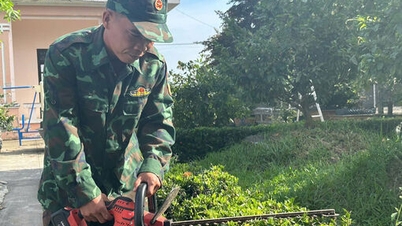

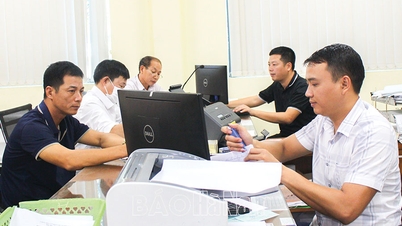













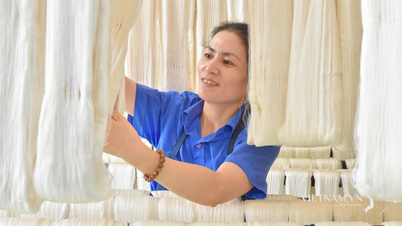





![[Photo] General Secretary To Lam receives Australian Ambassador to Vietnam Gillian Bird](https://vphoto.vietnam.vn/thumb/1200x675/vietnam/resource/IMAGE/2025/6/26/ce86495a92b4465181604bfb79f257de)







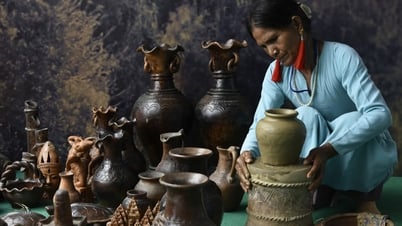



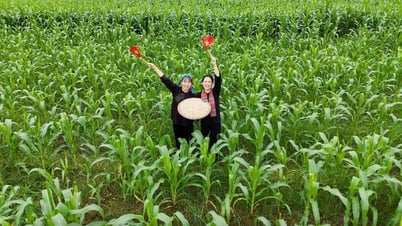

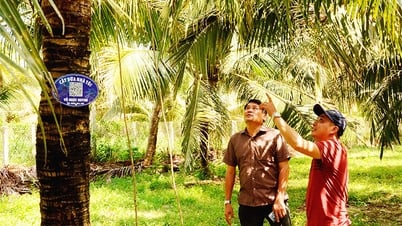



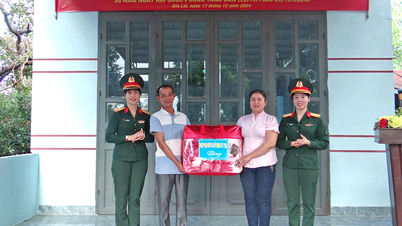

















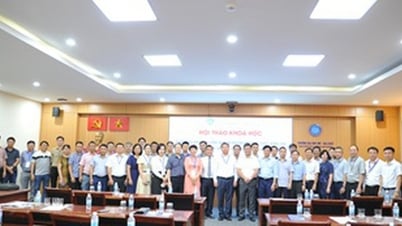















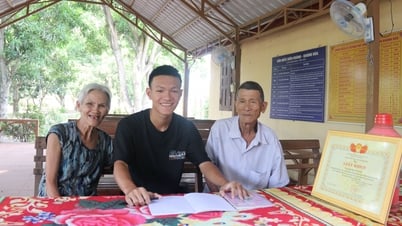


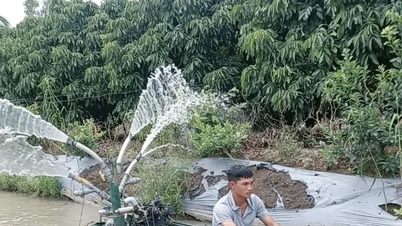
















Comment (0)